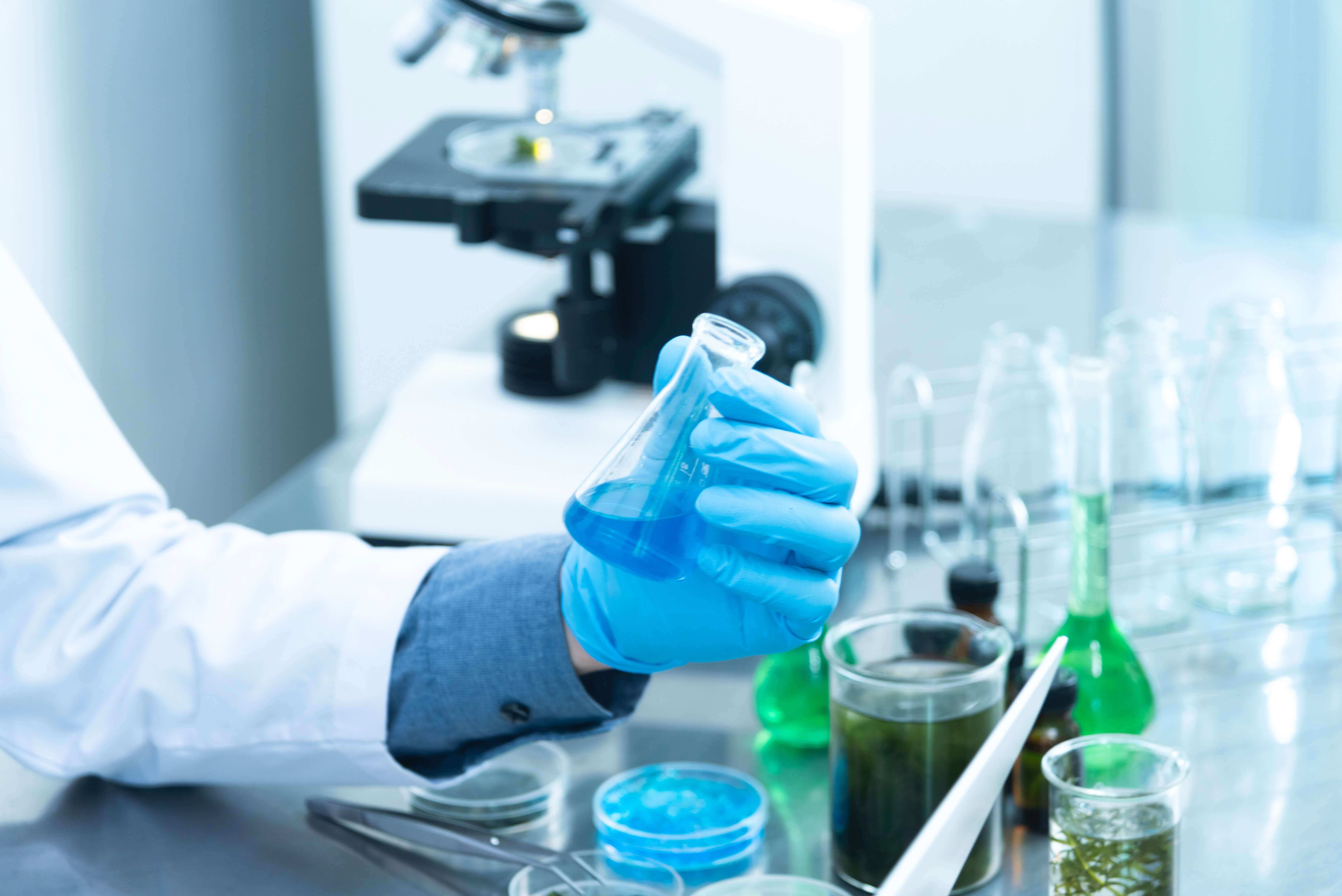
By Ric Coggins
Recently I read that cardiovascular and oncological diseases are the main cause of more than 93% of morbidity and mortality worldwide. At the root of these diseases lies an old nemesis called “inflammation.” While inflammation in the case of acute situations performs a valuable temporary contribution to the healing process, chronic inflammation is particularly debilitating to the body and its many systems. Familiar terms from the many vitamin, herb and supplements marketed on radio and TV, such as antioxidants, promise to ward off “free radicals” and prevent inflammation. Sometimes more specific terms like the extremely aggressive “hydroxyl radicals” identify particularly heinous causes of inflammation. But where do these “inflamers” come from?
Oxidation
Some of them actually come from us, as a normal byproduct of the mitochondria in its generation of energy for the body. Oxidation itself is not bad… in fact, it’s how our cells “burn” food. Oxidation is the metabolic pathway in which cells use enzymes to oxidize nutrients, thereby releasing energy. It’s what’s called “oxidative stress” that causes serious damage to us, beginning with damage to the mitochondria itself in the form of mitochondrial DNA mutations, damage to the mitochondrial respiratory chain, and alterations to membrane permeability.
Think of the difference between oxidation and oxidative stress as the difference between a campfire and a forest fire. The former is contained with a manageable amount of smoke and heat, whereas the latter is burning wild, producing a chain reaction passing fire from one tree to the next, completely out of control.
Oxidative Stress
Oxidative stress can be triggered in several ways. One way is from ionizing radiation. This can be as simple as exposure to ultraviolet rays in sunlight or as complex as x-rays or even radiation treatments for cancer. These electromagnetic waves have the ability to “knock” electrons from atoms in our bodies, thereby ionizing them. This type of oxidative stress produces hydroxyl radicals, probably the most damaging to our bodies.
Another way we generate free radicals is in localized, acute inflammation. When we get an infection, and neutrophils arrive to fight that infection, what’s called an “oxidative burst” occurs—and it is in this process that free radicals are produced and released. Metals in the body such as iron, copper and select others form a third source of free radical generation. Metals not bound to a protein can also in reaction produce hydroxyl radicals.
Pharmaceutical drugs and environmental chemicals provide yet another source of free radicals being released into the body. Over-the-counter medications such as acetaminophen, which are metabolized in the liver, generate a large number of free radicals in that process. Because of this, when high doses of acetaminophen are taken, large amounts of liver tissue can be killed off. While all of these free radical “side effects” are bad, it is the DNA mutations that are really bad, as cancers are formed by mutations of DNA.
The Hydrogen “Bomb” to the Rescue!
We all know about hydrogen—or do we? We know that it is the majority constituent of water, that we have been promised zero-emission cars powered by it for decades, and that it has something to do with thermonuclear bombs. But did you now that hydrogen in its molecular form, H2 (two hydrogen atoms) is one of the most powerful cellular antioxidants available? You see, when a humble H2 molecule meets up and combines with two hydroxyl radicals, two water molecules are formed. In that joining, what was a deadly “cytotoxic” (cell deadly) molecule, like lead transmuted into gold, becomes a beneficial component that can easily be eliminated. So how do we get this to happen?
When healthy, our bodies are designed to create hydrogen gas in the gut through the normal fermentation and digestion of food. As we have discussed in this series before, many people have issues that prevent their gut from working correctly, as designed. If the gut is compromised or the diet does not have beneficial fiber to be converted into hydrogen gas, free radicals run unchecked, creating havoc.
Molecular Hydrogen Benefits
More than 700 studies have demonstrated that
molecular hydrogen has many benefits. Peer-reviewed articles show molecular hydrogen to reduce the oxidative stress and inflammation, which leads to many diseases. To date, studies have been conducted on some 170 human diseases and conditions, including rheumatoid arthritis, diabetes, colon cancer, autoimmune, Parkinson’s, Alzheimer’s, autism, bipolar, schizophrenia and impaired glucose tolerance.
Hydrogen is number one on the Periodic Table of Elements. Because H2 is so small, it has free rein in your body. It can literally go anywhere to neutralize hydroxyl radicals… through the blood-brain barrier, into tissues, vessels and organs, anywhere.
In addition to helping with existing conditions, molecular hydrogen can support the body to avoid susceptibility to diseases and conditions, and it appears to be truly one of the best anti-aging tools available as well. So how do we get this amazing molecule in our system? There are actually several ways.
Getting Molecular Hydrogen
Because H2 is a gas, it can be professionally administered through inhalation treatments. Water can also be the delivery vehicle for the H2 gas. This can be accomplished as easily as dropping an H2 tablet in a glass of water—at about a dollar a dose—or as conveniently as dispensing molecular hydrogen water from your own H2 water-generating machine (a good one runs about $2,500).
The previous article from this series can be found here
.
Ric Coggins is a University of Arizona Master Gardener who grew up on a one-acre garden tended by his father, who was a regular contributor to Mother Earth News and Organic Gardening and Farming magazines. Ric continues his father’s “green” traditions on a one-acre organic garden urban homestead in Mesa he calls The Fool on the Hill Farm.






